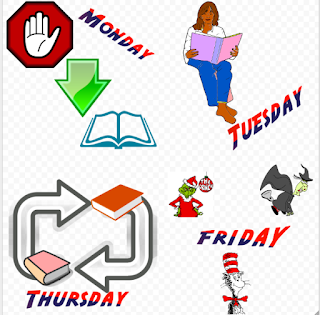What did I learn that increased my understanding of Manaiakalani kaupapa and pedagogy?
Being Cybersmart - we want our students to be confident using digital devices in a safe manner (behaving appropriately online). Manaiakalani's Cybersmart Curriculum is based in an NZ context. It's great to see the range of resources developed to support both teachers and students with implementing the Cybersmart Curriculum. There are three main categories from the Cybersmart Curriculum that relate to everyday life including:-Smart Learners (Term 1)-Smart Footprint (Term 2)-Smart Relationships (Term 3)
Link to the Manaiakalani Cybersmart Curriculum.
What did I learn that could improve my confidence, capability or workflow as a professional?
Today I learnt how to use Explain Everything. I have been waiting for this opportunity all year and I finally have this app on my classroom iPads. There's a mountain of resources out there and they are really easy to make. I'll be checking out a few other teacher's classroom sites to get some ideas for what to make. Uploading the resources and linking them to the class site is something I'll have to practise a few times as I wasn't logged into my own account because I borrowed an iPad. Khismira's iPad presentation is very helpful and a good introduction to using iPads a Year 1 class (I think this will work just as well with my Year 2/3 students). I have also just found out that Sunshine books are available to Manaiakalani Schools for free! What did I learn that could be used with my learners?
Last week I made a resource using google drawings and linked it to my site. I soon discovered that google drawing is not available on iPads so thank goodness Explain Everything is available to our school now as this seems to be the one stop shop for making iPad friendly activities.
 |
| Week 5 working on making a resource for my students in google draw. |
Kawa of care is something we have focused on since Term 1 so I need to move onto the other aspects the Cyber Smart Curriculum offers. This will be a lot easier now that I've been shown the resources that are available. I am very keen for my students to become digitally fluent.
What did I learn that could improve my confidence, capability or workflow in my personal life?
Overall having access to shared resources will save me a lot of time and not having to create resources from scratch all the time will be a nice change. I feel if we work together at a school and cluster level, we can build our own bank of resources that are relevant to the children in the Far North area and this will make life easier for everyone.





